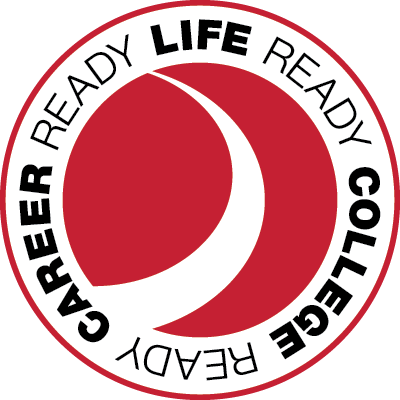Rolling Meadows greenhouse serves up greens for families in need
/By David Beery
There was no time for the luxury of gradual transition. Instead, we collectively slammed on the brakes, with all the subtlety of a driver trying to avoid a giant fallen tree in the road ahead.
That’s how it felt when COVID-19 spurred Governor Pritzker’s stay-at-home directive in mid-March. Schools, office buildings and retail areas that were bustling one day were locked up, empty and eerily quiet the next.
“We’ve got this resource that’s not being used . . . Could we turn it to be of good use? That was our question.”
At Rolling Meadows High School, a greenhouse that had quickly become a focal point for the school’s literally groundbreaking agriculture program was silent and empty, too. That gnawed at Principal Eileen Hart. The gnawing became more persistent as the stay-at-home directive sent shock waves through the economy, costing hundreds of thousands of people their jobs in Chicagoland alone.
“We’ve got this resource that’s not being used; here’s our greenhouse not being used,” Ms. Hart recalls. “Could we turn it to be of good use? That was our question.”
She shared that thought with Dave Wietrzak, Rolling Meadows High School’s division head for career and technical education, who had played a key role in launching the greenhouse, among other contributions, designing and building its watering system.
“Dave and I talked about what we might be able to do. Back when I started the ag program, a big thing for me was that it be a part of our community outreach,” said Principal Hart. Her own commitment to community partnership includes monthly meetings with Rolling Meadows Partners, a group that includes Dr. Natalia Nieves, a Social Services Outreach Specialist for the city’s police department.
“We always want to reach out to our community,” Ms. Hart said. “So we asked: Could we give back? What would that look like? Could we start seedlings in the greenhouse and distribute to people so they would be able to access food throughout the summer and fall because, in March and April, everyone was talking about food shortages and higher costs.”
From these conversations emerged a plan to utilize the school’s greenhouse to grow items - tomato plants and red/green peppers - that could be distributed to community members, who would continue to grow the plants indoors, as nighttime temperatures were too cool to accommodate outdoor growth.
From there, the project took off. District 214 Education Foundation Executive Director Erin Holmes created a donation opportunity to make the effort cost neutral, working with Home Depot to secure necessary supplies at no cost to the school or District. Hart and Wietrzak devoted a full day - observing social distancing - to plant tomato seeds and arugula in the greenhouse. Over the next few weeks, they took turns checking in on and caring for the seedlings. Not all of the arugula survived, but the tomato plants thrived, providing about 200 plants, which Hart and Wietrzak turned over to Nieves for her distribution to local families.
“The families were incredibly grateful and excited to have received plants and flowers,” Nieves said. “So many families were touched by the offer of a plant to take care of and eventually benefit from its fruit. It was a very unique and beautiful way to offer hope in this terribly difficult time.”
Principal Hart envisions ongoing contributions to the community, for instance, student-produced videos showing how to grow basil or rosemary or peppers or other items easily grown indoors. And when students return to Rolling Meadows, the greenhouse - and all the educational benefits it offers - will be waiting. It will continue to expand the vision of Ms. Hart, whose passion for growing her own food dates back to the purchase of her first house.
“Getting in that soil and creating my own food, I loved it, “she recalls. “It became a hobby. I learned way more about it and saw it was a great way to do sustainability, so it became joyful. Then when I had my daughter and saw her begin to enjoy the garden, it was really, really fun. When your kids can go out to get lettuce or carrots they’ve planted and then wash it and make a salad with it, that’s fun. She started to really get it: That’s where food comes from.”
In introducing agriculture and a greenhouse, Principal Hart sought to provide students an often overlooked array of career opportunities, including veterinary science, agricultural engineering, food science and many more. That effort grows, as Rolling Meadows graduates return and tell current students about their work and options.
In fact, Agricultural, Food and Natural Resources is one of 16 nationally recognized career clusters. Within this cluster, District 214 has established four career pathways, each of which consists of a multi-year program of academic and technical study that prepares students for a full range of postsecondary options. These pathways are:
Environmental Science Systems, preparing students for such careers as occupational health, safety specialist or environmental engineering technician or many others.
Food Products and Processing Systems, aligning students for such careers as food science technician or farm or ranch manager.
Plant and Animal Systems, laying the foundation for such careers as veterinarian or vet tech or animal breeder.
Power, Structural and Technical Systems, setting the stage for such careers as agricultural engineer or heavy equipment mechanic.
“Agriculture is not common in suburbs,” Ms. Hart says, “and yet it offers so many career options.”
And timely opportunities to assist the community in times of need.



